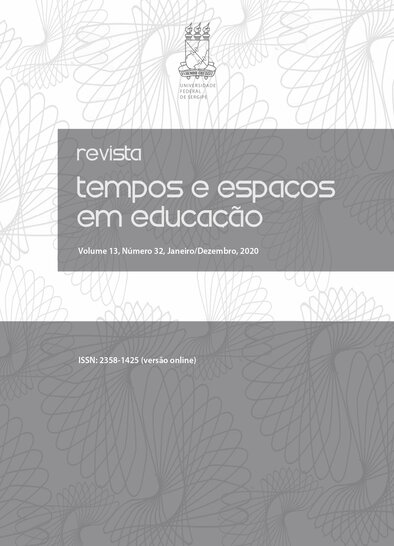Structural Equations Modeling of the Relationship between Human Resource Strategies and Talent Management with the role of Educating Workers in Governmental Organizations of Kerman Province
DOI:
https://doi.org/10.20952/revtee.v13i32.13263Resumo
This study aimed to model the structural equations of the relationship between HR strategies and talent management with respect to the educating workers. The current research is applied and developmental in terms of purpose and with regard to the research method it is a descriptive and correlational one. The statistical population of this study included all employees of government agencies in Kerman province in 2019 (n=8675), and the sample size was 367 using Cochran formula, which were selected by stratified random sampling. Data collection instrument consisted of three researcher-made questionnaires including 50-item queastionaire of HR strategies with validity of 0.82 and reliability of 0.87, 50-item questionaire of talent management with validity of 0.77 and reliability of 0.79 and 98 questionnaires of knowledge worker employees with validity of 0.84 and reliability of 0.74. Structural equation modeling using amos22 software was used for data analysis. The results revealed that the relationship between human resource strategies to educate the foals of this study to the workers in Kerman province government agencies was well-fitted. Strategies Human resources, which involves commitment, free agent, paternalistic, secondary strategies, can have a significant relationship with talent management, including the components of hire, evaluate, develop and maintain, and knowledge workers have mediating role with knowledge and technical reasoning, individual skills and attitudes, professional skills and attitudes, interpersonal skills and attitudes, and system, product, and process development skills in line with HR strategies and talent management, and free agent strategy is the best and most effective HR strategy that affects talent management.
Downloads
Downloads
Publicado
Como Citar
Edição
Seção
Licença
À Revista Tempos e Espaços em Educação ficam reservados os direitos autorais pertinentes a todos os artigos nela publicados. A Revista Tempos e Espaços em Educação utiliza a licença https://creativecommons.org/licenses/by/4.0/ (CC BY), que permite o compartilhamento do artigo com o reconhecimento da autoria.



